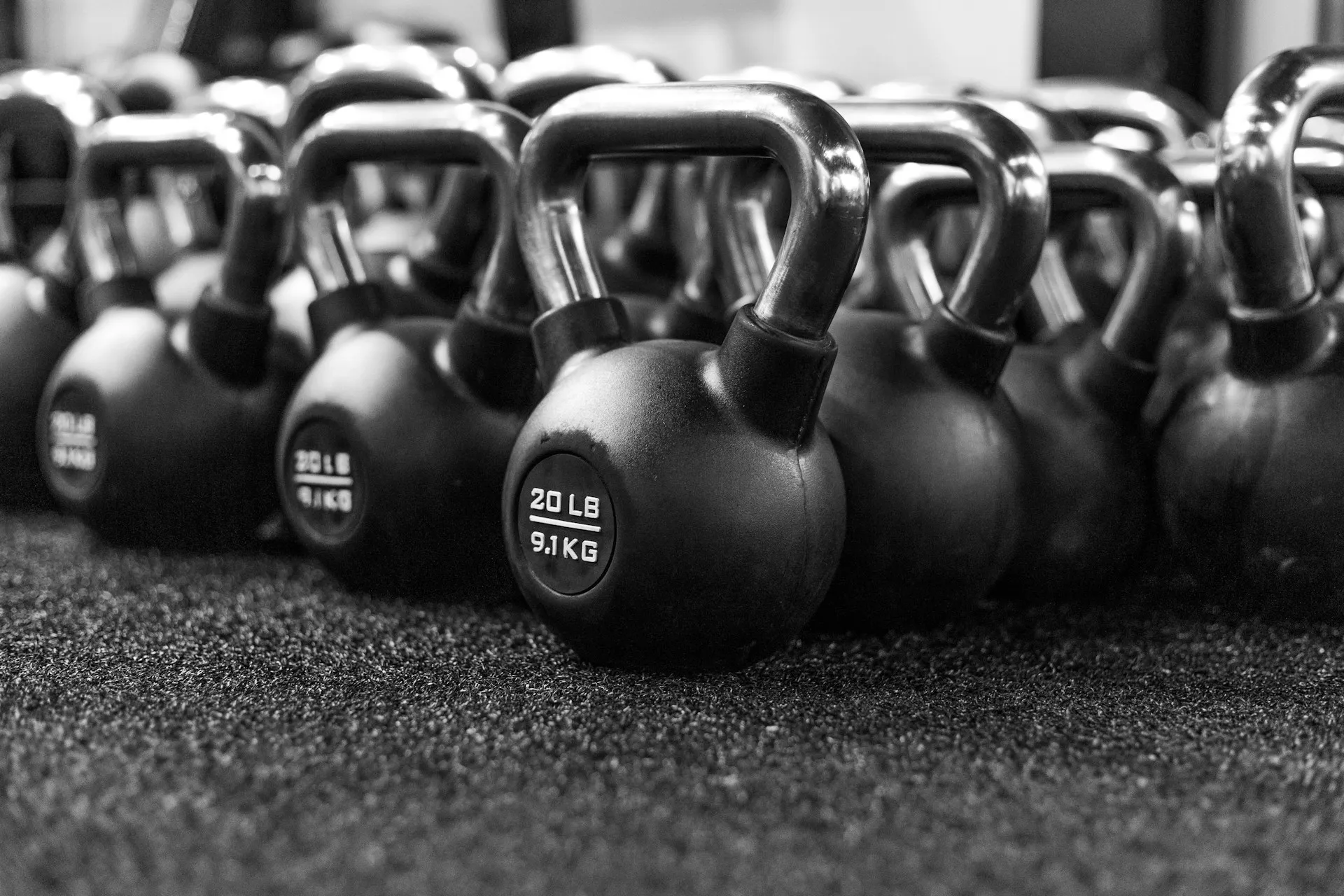Introduction
In the world of fitness, myths and misconceptions spread faster than proper form techniques. With social media influencers, marketing claims, and outdated advice still circulating, it’s easy to get confused about what actually works. Let’s clear the air by examining five persistent fitness myths and replacing them with evidence-based facts.
Myth #1: No Pain, No Gain
The Myth
You’ve heard it in gyms everywhere: if you’re not sore or in pain, your workout wasn’t effective. This mentality has pushed many people to exercise beyond their limits, leading to injuries and burnout.
The Truth
While some discomfort during challenging workouts is normal, pain is your body’s warning signal. Research published in the Journal of Strength and Conditioning Research shows that muscle soreness (DOMS - Delayed Onset Muscle Soreness) is not a reliable indicator of workout effectiveness or muscle growth.
Effective workouts should challenge you, but they don’t need to leave you unable to walk the next day. Progressive overload—gradually increasing the weight, frequency, or number of repetitions—is what drives results, not pain.
Myth #2: Cardio Kills Gains
The Myth
Many weightlifters avoid cardio like the plague, fearing it will “kill their gains” or cause muscle loss.
The Truth
When programmed properly, cardiovascular exercise complements strength training rather than hindering it. A 2018 meta-analysis in Sports Medicine found that combining strength and endurance training (concurrent training) does not significantly impair muscle growth or strength development when:
- Cardio sessions are kept moderate in duration (20-30 minutes)
- There’s adequate recovery between cardio and strength sessions
- Nutrition is optimized for recovery and muscle protein synthesis
In fact, improved cardiovascular fitness enhances recovery between sets and workouts, potentially improving your performance during strength training.
Myth #3: You Need to “Tone” Your Muscles
The Myth
The fitness industry loves to sell the concept of “toning” muscles, especially to women. This usually involves high repetitions with light weights to “shape” muscles without “bulking up.”
The Truth
Physiologically, muscles cannot be “toned” in the way this myth suggests. Muscles can grow larger (hypertrophy) or smaller (atrophy), but their shape is largely determined by genetics.
The “toned” look that many people desire comes from two factors:
- Having sufficient muscle mass
- Having low enough body fat percentage to make that muscle visible
This requires both strength training with challenging weights and proper nutrition for body composition changes. The fear of “bulking up” is largely unfounded, especially for women who typically have lower testosterone levels, making significant muscle growth more difficult.
Myth #4: You Can Spot Reduce Fat
The Myth
Countless products and exercises claim to help you “burn belly fat” or “slim your thighs” by targeting specific areas.
The Truth
Spot reduction is physiologically impossible. When your body burns fat for energy, it draws from fat cells throughout your entire body, not just the area being exercised.
A 2013 study in the Journal of Strength and Conditioning Research had participants perform leg presses with one leg for 12 weeks. Fat measurements showed no difference between the exercised and non-exercised legs, despite muscle growth in the trained leg.
Fat loss occurs systemically through a caloric deficit created by diet and exercise. Where your body loses fat first is largely determined by genetics and hormones.
Myth #5: You Need to Eat Protein Immediately After Working Out
The Myth
The “anabolic window” theory suggests that you must consume protein within 30 minutes after your workout, or you’ll miss out on gains.
The Truth
While post-workout nutrition is important, the window for protein consumption is much wider than previously thought. A comprehensive review in the Journal of the International Society of Sports Nutrition found that total daily protein intake is more important than timing for most people.
The “anabolic window” may be as wide as several hours, not just 30 minutes. What matters most is:
- Consuming adequate total protein throughout the day (1.6-2.2g per kg of bodyweight for those training regularly)
- Having protein-rich meals every 3-5 hours
- Meeting overall caloric needs based on your goals
Conclusion
Fitness myths persist because they often contain a kernel of truth or appeal to our desire for simple solutions. By understanding the science behind how our bodies actually respond to exercise and nutrition, you can make more informed decisions about your fitness journey.
Remember that sustainable fitness is about consistency, progressive overload, adequate recovery, and proper nutrition—not quick fixes or extreme approaches that sound impressive but lack scientific backing.
What other fitness myths have you encountered? Let us know in the comments below!
